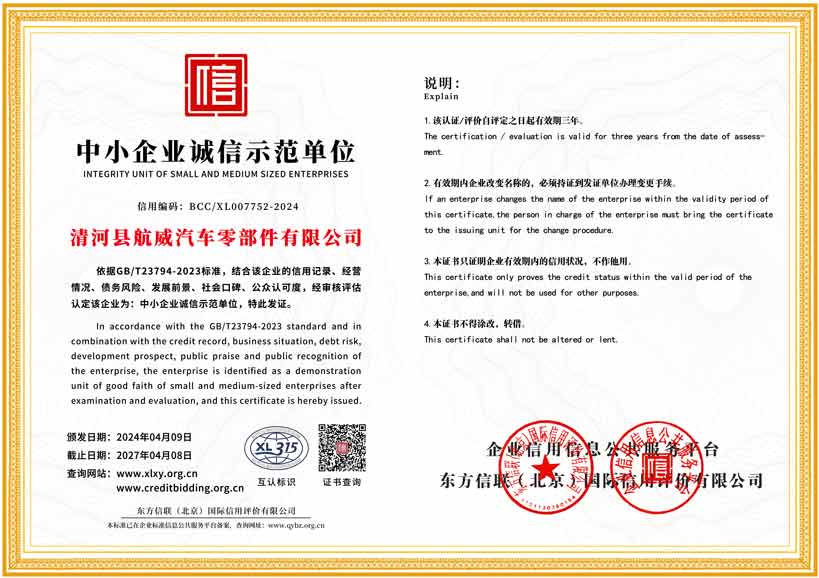Exploring Gear Cables for Enhanced Performance and Reliability in Cycling Adventures
Understanding Gear Cables The Lifeline of Your Bicycle Transmission
Biking enthusiasts know that the performance of their bicycle can be heavily influenced by the quality and condition of its components. One often-overlooked yet critical element of any geared bicycle is the gear cable. This article delves into the importance of gear cables, their functions, types, maintenance tips, and how they can enhance your cycling experience.
What Are Gear Cables?
Gear cables are the thin strands that connect your gear shifters to the derailleur, which are the components responsible for moving the chain across different gears. When you shift gears, the cable experiences tension that enables the derailleur to move the chain to the desired gear position. Thus, gear cables serve as the communication line between the rider's desires and the bike's performance.
The Importance of Gear Cables
The efficiency of gear shifting is critical for cyclists, especially during competitive events or challenging rides. Frayed, rusty, or worn-out cables can significantly impact shifting performance, leading to missed gears or unresponsive changes. This not only hampers the riding experience but can also lead to excessive wear on other components, such as the cassette and chain.
In addition to performance, the type of gear cables you choose can influence overall ride quality
. High-quality cables made from durable materials will resist wear and tear, offer smoother shifts, and reduce friction, all of which can make a noticeable difference on long rides.Types of Gear Cables
There are primarily two types of gear cables standard and coated.
gear cables

1. Standard Gear Cables These are often made from stainless steel and are the most common type used in bicycles. They are robust and offer reliable performance but may require more frequent maintenance to keep them functioning optimally.
2. Coated Gear Cables Coated cables typically have a layer of polymer around the steel strands. This coating reduces friction, which results in smoother shifts. While these cables may come at a higher cost, they can be worth it for serious riders looking for precision and reliability.
Maintenance Tips
To ensure that your gear cables function correctly, regular maintenance is essential. Here are some tips
- Inspection Routinely check your cables for any fraying or rust. If you notice any signs of wear, it's best to replace them as soon as possible to avoid shifting issues. - Lubrication Keeping the inner cable lubricated can help to reduce friction and improve shifting efficiency. Use a light lubricant designed for bike cables. - Adjustment Ensure that your cable tension is properly adjusted. If shifting feels sluggish or unresponsive, it may be time to tighten or loosen the cable.
- Replacement Ideally, gear cables should be replaced every season or after 2,000-3,000 kilometers of riding. Frequent riders or those in harsh conditions may need to replace them more often.
Conclusion
In summary, gear cables play a crucial role in the performance of your bicycle's transmission system. Understanding their function, types, and maintenance can help you enhance your biking experience significantly. By investing in quality gear cables and keeping them in good condition, you can ensure that your bike's shifting is smooth and reliable, making every ride a pleasure. Embrace the power of your gear cables, and enjoy the ride to its fullest!
-
Workings of Clutch Pipe and Hose SystemsNewsJun.04,2025
-
The Inner Workings of Hand Brake Cable SystemsNewsJun.04,2025
-
The Secrets of Throttle and Accelerator CablesNewsJun.04,2025
-
The Hidden Lifeline of Your Transmission Gear Shift CablesNewsJun.04,2025
-
Demystifying Gear Cables and Shift LinkagesNewsJun.04,2025
-
Decoding Clutch Line Systems A Comprehensive GuideNewsJun.04,2025
